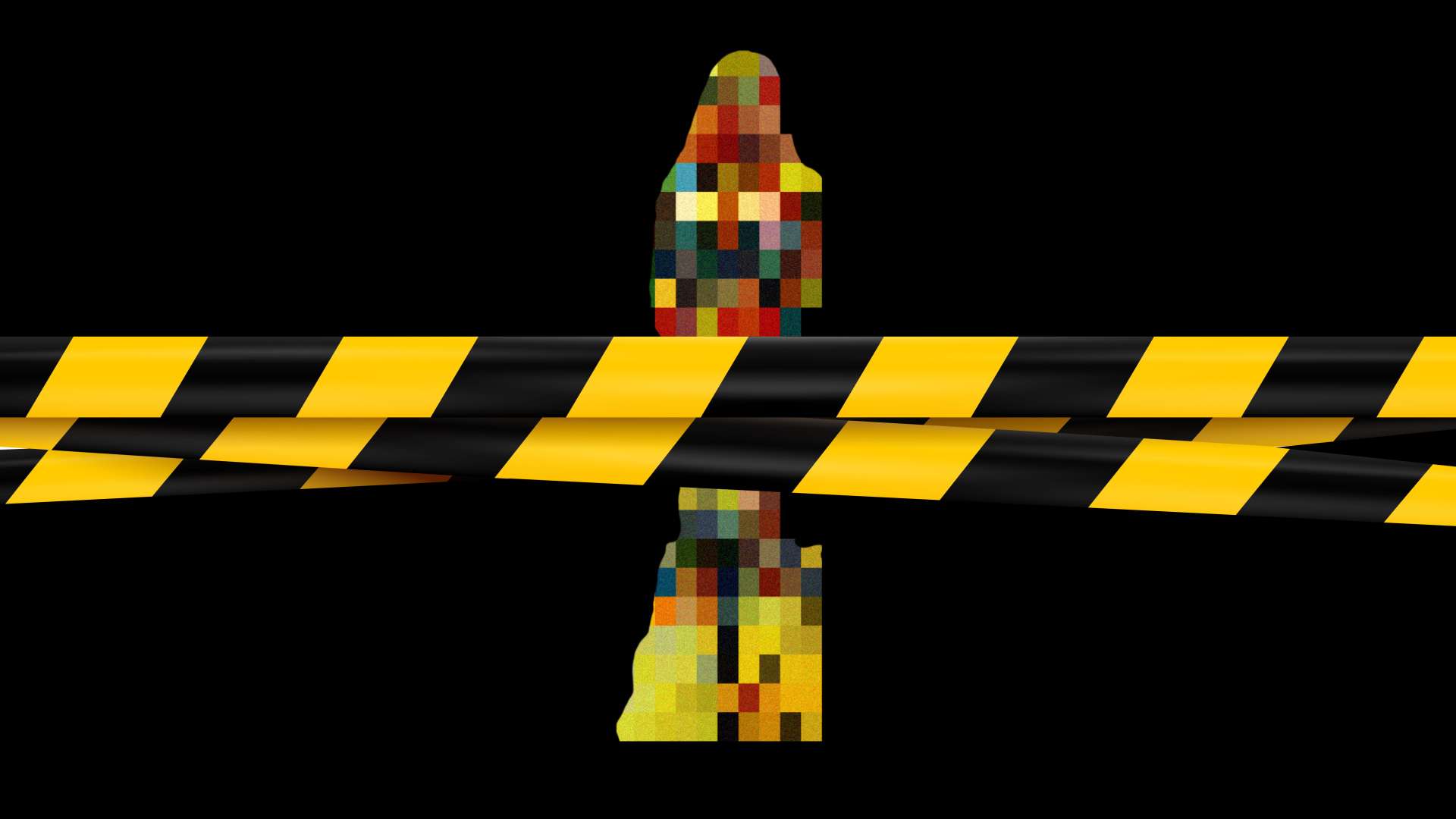Another Minnesota college is embroiled in controversy after a group of Muslim students expressed outrage over “offensive” art. Last month, Macalester College — a liberal arts college just two miles from Hamline University, where a similar controversy involved an art history professor in December — briefly shut down an exhibit by an Iranian-American artist after students claimed some of the works displayed ” damage.”
Although the school later reinstated the art exhibit, it was not without caveats. Now, pages of construction paper are posted on the glass gallery doors to block the work from view, with a “content warning”. The incident is yet another example of university administrators pandering to unreasonable student demands and sets a troubling precedent that paves the way for further censorship.
On January 27th, an exhibition by Iranian-American artist Taravat Talepasand opened at Macalester College’s Ein Wersch Gallery. According to a statement accompanying the exhibition, the work “explores cultural taboos that reflect gender and political authority.” It includes a sculpture-like work that reads “Woman, Life, Freedom” in English and Persian, a watercolor of a man beheaded by two women, and a painting depicting a teddy bear and a Ken doll, called Mohammed meets Jesus.
However, a handful of works sparked student outrage. two drawings, Blasphemy x And Blasphemy IX Picture niqab-wearing women pulling up their clothes to reveal their underwear A series of porcelain sculptures depict women who are completely veiled, except for comically exaggerated breasts.
The exhibition “seems a bit targeted only because there aren’t many Muslim students,” said one student, who circulated a petition condemning the act. Sahan Journal. “In a predominately white institution, when I see who’s in school, who’s walking through this exhibit, without understanding and without brevity, it’s pretty hurtful.”
“The decision to continue exhibiting and exhibiting this exhibit despite its longevity is a deeply troubling issue,” the petition reads. “It’s targeting and harming a small community that exists on this campus.” The petition has only received 80 signatures so far, but that seems to have been enough to get administrators to act.
The school temporarily closed the exhibit, erecting black curtains to obscure the art. Later, administrators sent a campus-wide email announcing that several changes would be made when they reopened the exhibit due to the “value and importance of artistic expression.” The school has now placed several sheets of construction paper over the glass doors leading to the gallery “to prevent inadvertent or non-consensual viewing of certain works” and posted a content warning.
“Unfortunately, since the Taravat exhibit was installed, we have not taken the necessary steps to demonstrate cultural sensitivity and awareness of the art’s potential impact. We apologize for this and for the damage it caused,” administrators wrote in the email.
Talepasand said Sahan Journal Although, at first, he didn’t object to the brief closure after hearing student outrage, “Nobody told me about the black curtains covering all the windows. That’s a whole other level of censorship.” Talepasand also took issue with the content warning phrase, which states that the exhibit “contains images of sexuality and violence that may be disturbing or unacceptable to some viewers.” He called it a “violation”.
The case may be “the first time a college has used the curious phrase ‘non-consensual views of certain acts,'” wrote Sarah McLaughlin, director of the Targeted Advocacy Program at the Foundation for Individual Rights and Expression, a First Amendment nonprofit. “This is, frankly, a rather ominous way to define controversial images: not just something that might offend or disturb, but something that violates the consent of an accidental viewer. It’s a ridiculously bad lesson to teach students.”
While it’s good news that Macalester has decided to reopen the gallery, school administrators should never have caved to student outrage and closed it in the first place. Further, the use of content warnings and the visible blocking of art still sends the message that if art offends students’ religious sensibilities, Macalester administrators are happy to hide it.
“My artwork is unapologetic,” says Talepasand Sahan Journal. “I’m doing work that’s not just the difference between East and West, and how, in many ways, they find parallels. Sometimes it can be very political. Sometimes it can be very controversial.”

